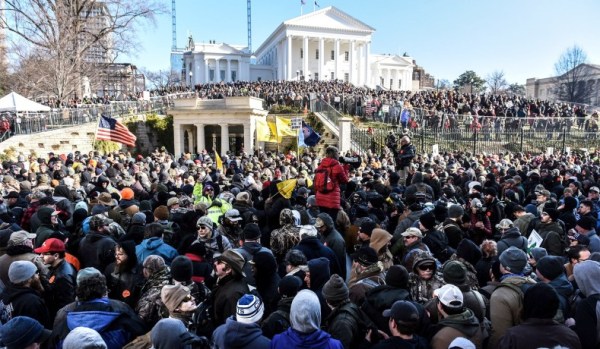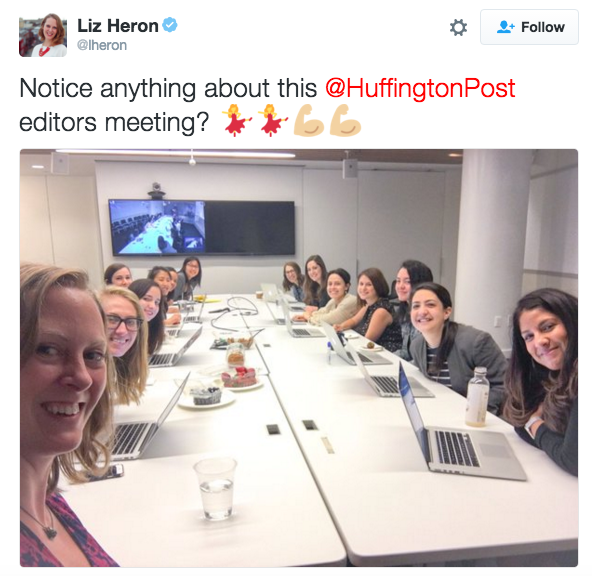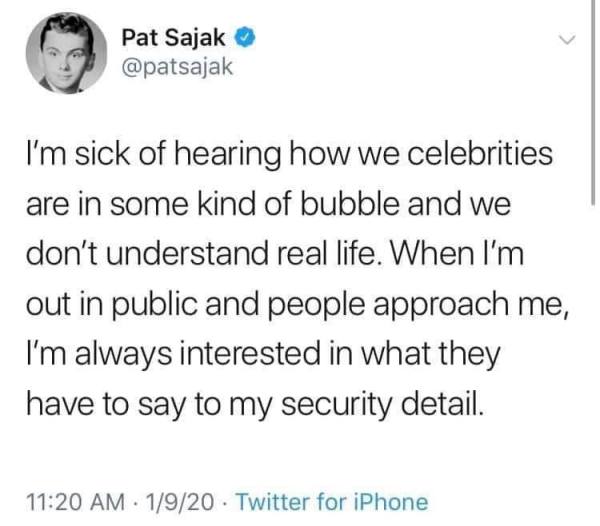When Cathy Newman’s absurdly hilarious interview with Jordan Peterson exploded across the internet, it wasn’t just because it was so funny. To a lot of conservatives, myself included, it sounded way too familiar. What we’ve known for a long time, Cathy Newman made blindingly obvious: Liberals really don’t listen. Maybe liberals can’t listen.
I’m seeing it again in a book I’m reading on the history of America’s culture wars. Conservatives’ opposition to new views on morality in the 1910s and 20s was “driven by fear,” the author says. Never mind that when the Pope Pius XI weighed in on the question, his answer was balanced, focused both on the real good that comes for all from true morality, and what dangers may follow upon straying from it. No, it was all “driven by fear.”
Liberals don’t see both sides. In fact, it’s almost as if they can’t. Or maybe we should drop “almost” from that sentence. For there’s some fascinating — and disturbing — research that says conservatives have the ability to understand liberals, but liberals literally can’t understand conservatives.
It has a lot to do with seeing moral issues from multiple points of view. The Pope could do it; can liberals?
I’m sure they think they can. Suppose you went out and struck up a conversation with a liberal friend of yours, or a teacher or a co-worker. Suppose you asked them, “Who’s better at seeing moral issues from more than one point of view: liberals or conservatives?” What would you bet they’d claim they could do it better? I’d put a lot of money down on that one.
Five Moral Foundations
But then along comes New York University psychologist Jonathan Haidt. He and his research team set out on a global project seeking to understand human morality. They found that wherever you go, you’ll find five basic “moral foundations”: Caring, Fairness, Loyalty, Authority/Respect, and Purity. He explains all this brilliantly in a TED talk, if you can overlook some lingering bias. (In his book The Righteous Mind he includes a sixth, Liberty.)
But there’s more. Haidt found a glaring difference between people on the left and people on the right. Conservatives, by and large, tend to live with all five of these moral dimensions in balance. Liberals don’t. They’re strong on Care and Fairness, but they’re weak on Loyalty, Authority and Purity.
And that’s a problem. Jonathan Haidt, who viewed himself as a liberal before doing this study, extended his research to look at what societies need in order to maintain stability and security. And he realized it isn’t just the left’s favorite pair. It takes all five moral categories. He paid attention: he’s a moderate now.
Conservatives could do it. Liberals couldn’t.
The Really Interesting Difference Between Liberals and Conservatives
But hang on — we’re just now getting to the interesting part. Haidt asked liberals and conservatives to put themselves in one another’s shoes; to imagine how the other side would answer a list of ethical questions. Conservatives could do it. Liberals couldn’t. People on the right had the ability to understand people on the left; even to empathize with them to a degree. People on the left couldn’t do the same in return.
The reason, Haidt says, is because liberals’ moral scope is unbalanced. They’re so focused on Care and Fairness, they can’t imagine anyone thinking other values being important. Therefore, he says in this excerpt from his book The Righteous Mind, “If you don’t see that Reagan is pursuing positive values of Loyalty, Authority, and Sanctity, you almost have to conclude that Republicans see no positive value in Care and Fairness.”
And if we don’t value Care and Fairness — liberals’ most important values, by far — then we must be Really Awful People.
Misunderstanding Conservatism
Think I’m overstating it? Go back to the link and re-read the rest of the excerpt. Read the New York theater critic who wrote, “Republicans don’t believe in the imagination, partly because so few of them have one, but mostly because it gets in the way of their chosen work, which is to destroy the human race and the planet. … I personally think they should be exterminated before they cause any more harm).”
It isn’t just that liberals don’t want to understand us. Many of them simply can’t. Not without considerable effort and coaching, at any rate; but which of them puts in that effort? Why would anyone want to empathize with Really Awful People? “Many readers,” writes Haidt, “ stayed locked inside their Care-based moral matrices and refused to believe that conservatism was an alternative moral vision.” He continues, “One reader … thought it was ‘sad’ that Republican narcissism would prevent them from understanding my perspective on their ‘illness.’”
We could go on all day explaining our positive reasons for the positions we take; all they’ll hear is us playing cover-up games. We must be driven by fear. Or power, or hate. Anything but decency. “What you’re really saying is…”
They can’t even imagine anything better of us. Why? According to Haidt, they don’t have a place in their minds to process Loyalty, Authority or Purity. For a large proportion of the liberal world, those values don’t even belong in the “ethics” category — even though human societies can’t survive without them.
So What Do We Do?
Need I say it? There’s no magic formula to fix this. It’s going to take time, and patience, and even love on our part, along with constant clear explanation of who we are and what we believe. It’s going to take real relationships, in other words.
Even that, though, may be difficult, since both conservatives and liberals have gotten ourselves fenced off in different towns and cities, or different parts of town, and certainly on different parts of the internet. It’s going to take real relational outreach on our part, in other words.
And even then nothing is guaranteed. Considering how many people ignored Jesus right up until the end of His life — and how eager some of them were to end His life — we need to be realistic with our expectations.
Yet some responded to Him then, and some will respond still today. I’m not giving up. And in the meantime, I for one find this insight from Haidt to be very interesting — and helpful.





